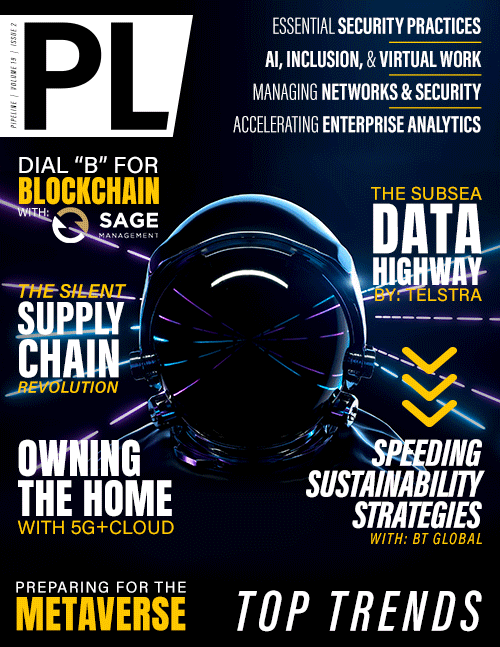Accelerating Your Sustainability Strategy
Work with key transformation stakeholders to create sustainability goals
An interesting finding from our survey shows that providers directly serving consumers are more focused on sustainability compared to those more mired in business-to-business offerings. This
makes sense: sustainability is often seen as a market differentiator.
But whether a business is focused on the consumer end-user, sustainability will continue to play an increasingly prominent role in future IT infrastructure considerations.
And it’s not a challenge that can be addressed in isolation. Business leaders are realizing that businesses need to be much more purpose-aligned. The financial impact of focusing on
sustainability goals and being aligned can be huge. A 2021 article
published in Harvard Business Review describes how sustainability strategies can improve financial performance through a combination of nine mediating factors: innovation, operational
efficiency, sales and marketing, customer loyalty, risk management, employee relations, supplier relations, media coverage, and stakeholder engagement.
CIOs are at the risk of being left behind. They need to work with corporate sustainability teams to set the net zero glidepaths. Without their input, there is a risk the CIO function won’t be
able to go ahead with their planned transformation roadmap and unlock investment unless they can demonstrate carbon savings. Additionally, CIOs need to collaborate with the procurement team to
ensure they are in lockstep when choosing credible vendors who can provide low-carbon products and services.
Track progress along the way to measure effectiveness
It’s essential for CIOs to track progress along the way so they can measure effectiveness. As the saying goes, you can’t manage what you don’t measure. When measuring performance, establish SMART goals—that is, make them specific, measurable, achievable, relevant, and time-bound. On the macro level, our organization made a commitment to set a net zero target for 2030 for our own operations. It is something that we’re constantly measuring against and tracking performance.
How can enterprises reduce their carbon footprint?
One practical tool is through a carbon dashboard: giving customers a view of energy data and providing recommendations to customers looking to reduce their emissions. Operators that offer
real-time power monitoring help CIOs and leaders optimize their networks. This provides tangible recommendations to accelerate to net zero. It allows CIOs to take action that reduces carbon
footprint and moves their organization closer to their sustainability goals. On the regulatory side, it also allows organizations a way to report on carbon emissions and progress being
made.
Digital solutions including AI should ultimately help customers reduce their operational footprint. There are implications across logistics, manufacturing, and fleet management. When everyone
works across the supply chain and deliberately starts to develop solutions, we all win.
An emphasis on sustainability is good for the world—and it’s good for business too. And now, it’s becoming mandatory to track sustainability for many organizations. As CIOs look to make decisions
about digital transformations, the time is now to find the right partners, technology, and processes to address such a significant task. As we look ahead to 2023, it’s likely that more companies
will heed the call to put sustainability at the forefront of their efforts—and CIOs should be ready. Key stakeholders and regulators everywhere—from customers to employees to investors to
partners and government bodies—are beginning to demand it. It’s time to listen and act.


















